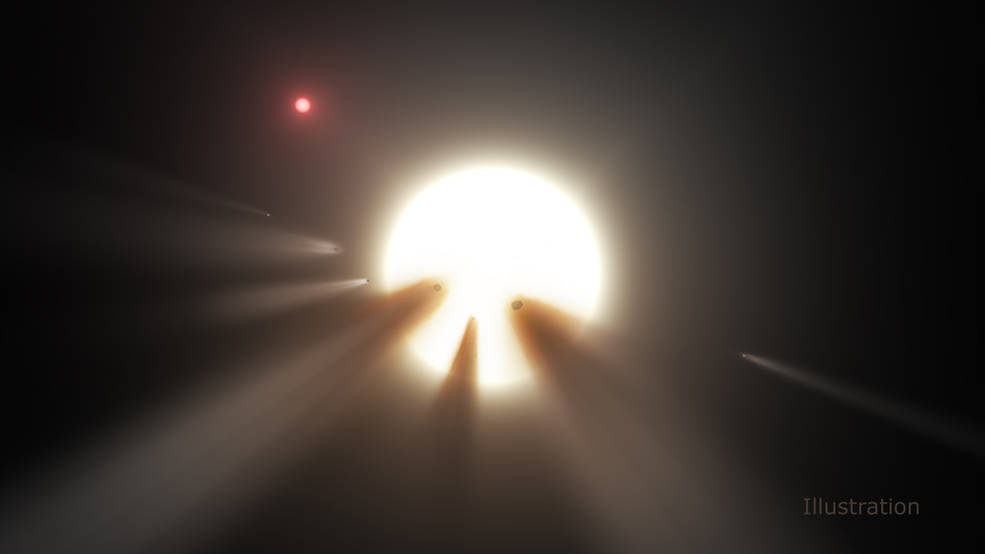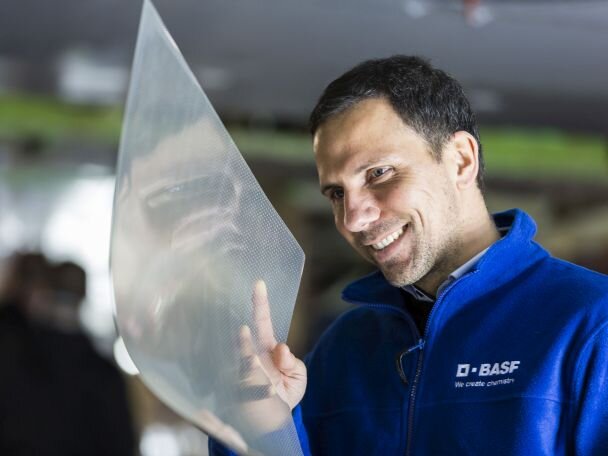KIC 8462852 has drawn a lot of attention from the media as well as the scientific community. This attention and speculation are due to the reports of dramatic dips in the light of the star, which were detected by NASA in 2011 and 2013 by NASA’s Kepler Spacecraft.
Scientists assumed that the massive superstructures were constructed by an alien race. However, these speculations, about an advanced alien race, were squashed by the recent findings of the NASA’s Spitzer Space Telescope, which suggests that the mysterious objects enveloping the massive star are a bunch of comets and not alien creations. Scientists are now constructing a new theory surrounding the data collected by the Spitzer Telescope.
In the past, though, the mega structure star caused such waves throughout the media that SETI was tasked with taking consistent readings by the Allen Telescope Array (ATA) and recording the peculiar structures of KIC 8462852. However, the perplexing fact is that the ATA has come up empty handed, which has caused the tantalizing debate concerning the alien structures to start again.
The majority of the scientific community believes that the star is surrounded by space debris that was created by the collision between two massive intergalactic bodies. One other prevalent cause of occultation is believed to be a presence of comets that are circling the star. However, if the occultation around the star was the result of debris from a collision between planetoids or asteroids, the fragments would emit infrared properties due to their temperature. This fact enables scientists to test the theory by taking aim at the star with an infrared telescope.
Kepler, in its previous observation, detected a phenomenon of visible light spectrum. Therefore, scientists analyzed the infrared data accumulated by the Spitzer Telescope to test the theory of collision, which fortunately led the scientists to the KIC 8462852 readings. This data was evaluated, and there was no evidence of infrared activity, so the collision theory was rejected due to a lack of evidence. All this points to the explanation that the dimming light from the mega star is the cause of a family of comets that are circling it in a highly concentric orbit.
Although this seems like a possible explanation, there are still speculations regarding the rings of comets, and there is no conclusive evidence that can lead to the solution of the comet theory. Massimo Marengo from Iowa State University, who led this latest study said, “We may not know yet what’s going on around this star, but that’s what makes it so interesting.”
Perhaps time will uncover the answer to this tantalizing mystery of the stars.







